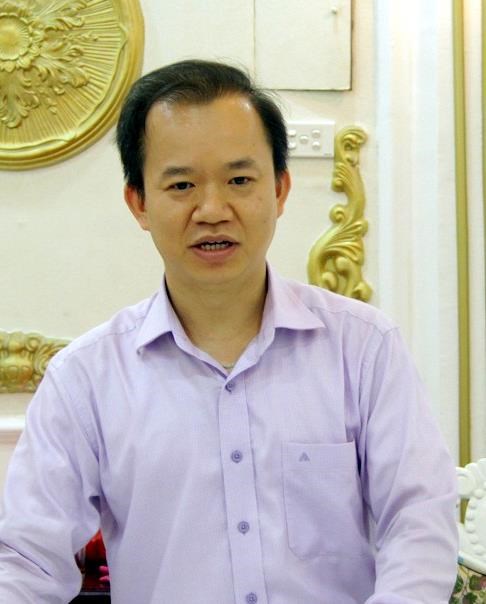 Life & Style
Life & Style

Hà Nội was recently named one of 66 new members of the United Nations Educational, Scientific and Cultural Organisation (UNESCO)’s Network of Creative Cities.
Nhân Dân Cuối Tuần (People's Weekend)'s reporter Luân Vũ interviews Doctor Bùi Hoài Sơn, head of the Việt Nam National Institute of Culture and Art Studies, on the recognition.

|
| Doctor Bùi Hoài Sơn, head of Việt Nam National Institute of Culture and Arts Studies. — Photo vicas.org.vn |
Could you explain what is the creative city network?
It is a great strategy of UNESCO to implement the 2030 Agenda for Sustainable Development of the United Nations. In the 2005 UNESCO Convention on the Protection and Promotion of Culturally Diverse Expressions, UNESCO had an initiative to establish a network of UNESCO-recognised cities of innovation.
UNESCO recognised 66 additional cities including Hà Nội on October 31, increasing the total to 246 cities in the world as creativity cities.
In Southeast Asia, Hà Nội was the second capital after Singapore to be recognised. It is a great honour.
What does the new title mean for Hà Nội?
Hà Nội celebrated the 20th anniversary of the capital city's recognition as a 'City for Peace' by UNESCO in July.
The 'City for Peace' title has been held for 20 years. It's time for Hà Nội to have another title. At the moment, the whole world is focusing on creativity.
Becoming a member of UNESCO's Creative Cities Network will help Hà Nội make strategic changes in the coming years.
From now, all Hà Nội's development orientations will have to take into account creative elements on the basis of a common development philosophy.
Carrying out projects on construction, city planning, agriculture development, handicrafts and art must prioritise the creative elements. That will be a condition for us to unify our resources, creating a common power to develop Hà Nội.
Recent efforts of Hà Nội such as launching a smart city project and innovations in culture and art such as Hà Nội International Film Festival, International Experimental Theatre Festival, Monsoon International Music Festival, and other events will be a foundation for the development of creative activities in the future.
In the nomination dossier, Hà Nội chose 'design' as the main content. What do you think about this choice?
There are many ways to do creative activities because Hà Nội has been powerful in cuisine, handicrafts and art.
In my opinion, it is a visionary option of the Hà Nội authorities. If we had chose a particular field, it would not cover the activities of others.
For example, if we chose cuisine, film and art would lose out.
Is it an issue that many regional and international cities also choose 'design'?
These concerns were raised in the process of the dossier preparation for the title recognition. It would have been simpler and easier if we had chose cuisine or handicrafts.
However, we need greater ambition.
Culture is the difference. We must be different from other countries to show the unique identity of Vietnamese culture.
What is the state of creativity space and activity development in Hà Nội?
The development of creative activity in Hà Nội currently faces many problems. However, from my perspective, the problems are inevitable.
I think that the development process needs time to experiment and learn. Failures are lessons for us to overcome and to achieve better results.
Creative hubs in Hà Nội are facing many difficulties. However, we can also be temporarily satisfied as the number of creative hubs in Hà Nội has doubled since 2014 and they have diversified in type, offering many opportunities for employment and making Hà Nội more attractive.
We still have a lot of work to do to support these creative hubs and to make them become places to spread creative and good messages about life from creative people, including artists and all individuals in Hà Nội.
What does Hà Nội need to do first to develop creativity?
The first is to focus on raising awareness of creative space for the development of the capital.
From there, we must enhance the role of creativity and integrate creativity into all development strategies with specific actions, of which the creative element must be the most important factor.
Next, we need plans for the development of the capital, mobilising resources and drawing strong attention from all sectors in society.
More investment is needed for creative activities and we need incentive tax policies and legal status for creative hubs or other support for creative hubs or creative ideas which can be characteristic of Hà Nội. — VNS




